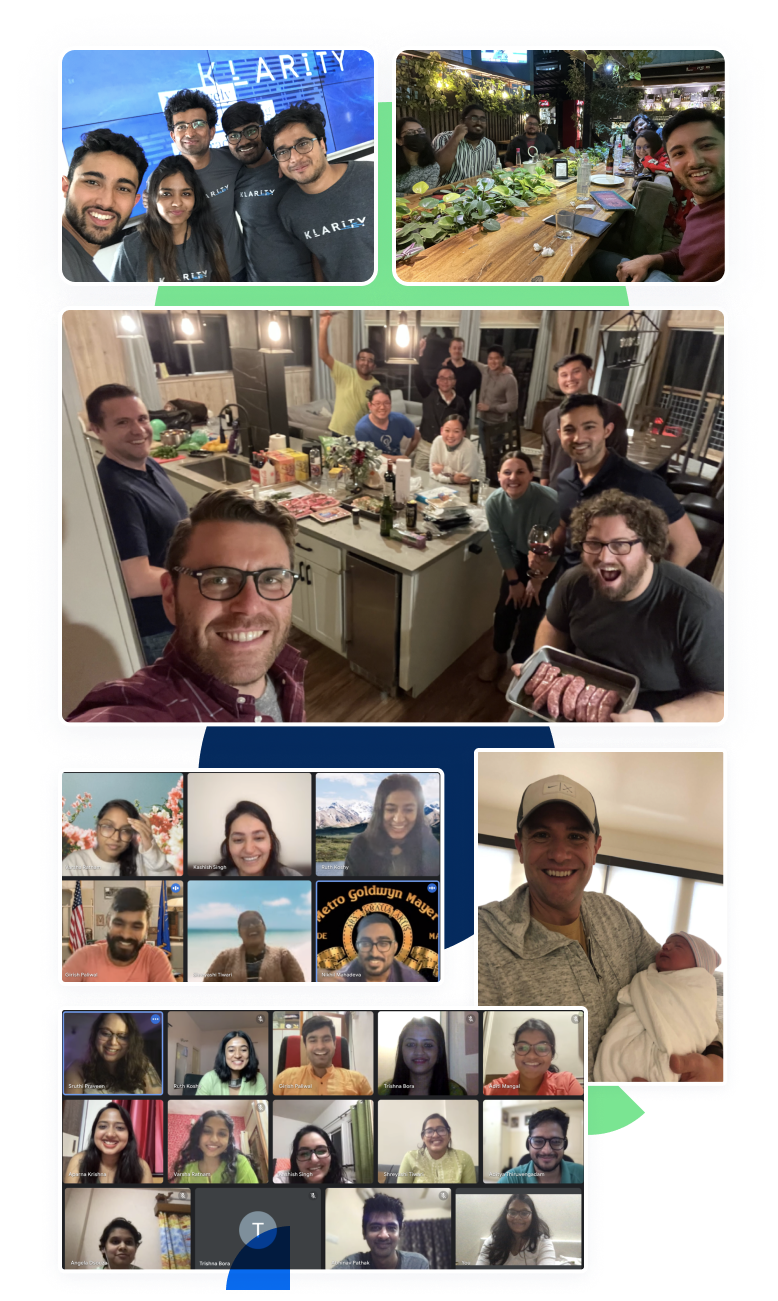Coupa uses Klarity to automate
a painful, and costly, manual process

Coupa is a leading provider of Business Spend Management (“BSM”) solutions with more than 2,000 customers across 60 countries. Coupa’s platform provides greater visibility into and control over how companies spend money, optimize supply chains, and manage liquidity.
Coupa uses Klarity to automate
a painful, and costly, manual process

Coupa is a leading provider of Business Spend Management (“BSM”) solutions with more than 2,000 customers across 60 countries. Coupa’s platform provides greater visibility into and control over how companies spend money, optimize supply chains, and manage liquidity.
Coupa uses Klarity to automate
a painful, and costly, manual process

Coupa is a leading provider of Business Spend Management (“BSM”) solutions with more than 2,000 customers across 60 countries. Coupa’s platform provides greater visibility into and control over how companies spend money, optimize supply chains, and manage liquidity.
Case study in numbers
Don't have time now? Download it.
Why customers choose Klarity
A rapidly-growing, $15B+ publicly traded company with $550m+ in annual revenue, Coupa’s ever-expanding database of customer contracts posed a spectrum of challenges, from operational efficiency to fiscal compliance. With Klarity, Coupa has reduced time spent over the painful, manual processes previously in place by 85 percent.
Simultaneously, Klarity has helped Coupa improve compliance, standardized its review and documentation processes, and bolstered detailed reporting and metrics critical to the business.
Klarity’s software automatically pulls sales contracts from Coupa’s contract management system in real time.
Our artificial intelligence engine automatically extracts all metadata and clauses from the contract, then uses this information to pre-populate Coupa’s non-standard terms checklist.
Purpose-built workflow management tools ensure completeness in the review process as it tracks and securely stores all documentation and comments that correspond to each item on the non-standard terms checklist for every contract.
Why Customers Love It
“We are extremely excited to implement this Generative AI Technology for our customers. Klarity Architect demonstrates the superior analysis capabilities of AI using Multi Modal analysis and LLMs in real life scenarios. We believe in the impactful transformative value of AI and look forward to delivering tangible results to our customers by utilizing Klarity Architect.”
— Ahmed Zaidi, CEO, Accelirate
Find out how Accelirate cut documentation time by 67% and scaled their operations →
Life at Klarity




The Challenge: Compliance
As a global, publicly traded company, Coupa has mature, well-established processes in place for customer contract review. Like most companies of their size, Coupa’s Sarbanes-Oxley (SOX) control environment requires review for all contracts over a certain threshold, and a sample selection below that threshold. The manual process formerly in place required:
- Extracting reports from CRM and ERP to identify contracts that were in-scope for review.
- Manual review of the contracts in PDF format, including MSAs, order forms, and Professional Services statements of work.
- Documenting attributes including metadata, billing information, and non-standard terms, in a spreadsheet.
- Recording accounting conclusions, vetted with multiple team members through manual workflow, and finalizing any adjustments that need to be made within the ERP.
This workflow process had significant shortcomings.
- Review was prone to human error. Because the process was incredibly manual and repetitive, there was significant risk that a contract would not be reviewed in accordance with accounting standards. Any attempts to accelerate the review process would increase risk under SOX/ASC 606 standards.
- The review process was inefficient. The review process itself was entirely manual and required revenue accounting team members to read through every contract in its entirety.
- The workflow was frustrating. Communication between team members in the review process was conducted via email, which created an additional level of complexity and increased the likelihood of costly errors.
.gif)


